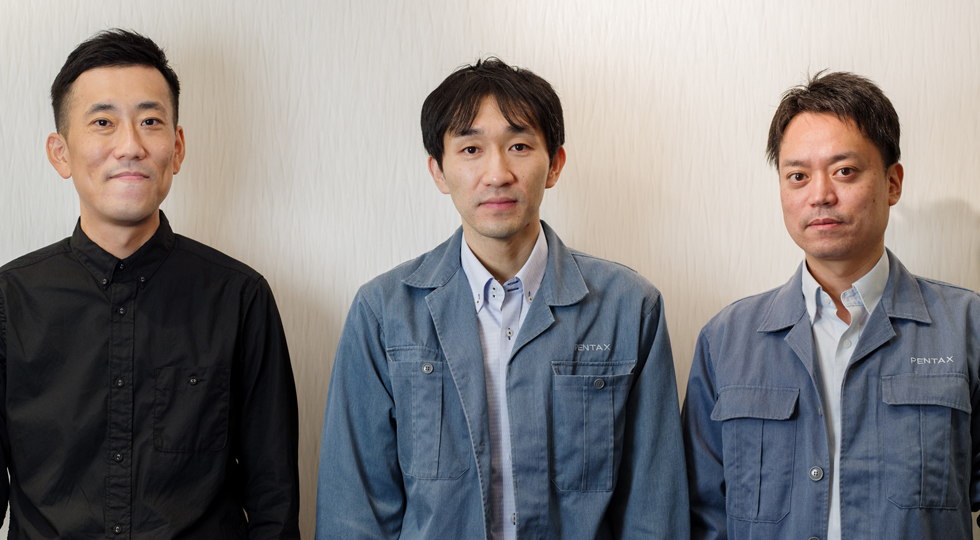Challengers
IV. Image tracking performance
The essential feature of a flagship model
Challengers
IV. Image tracking performance
The essential feature of a flagship model

Takashi Ando
Mechanical Designer
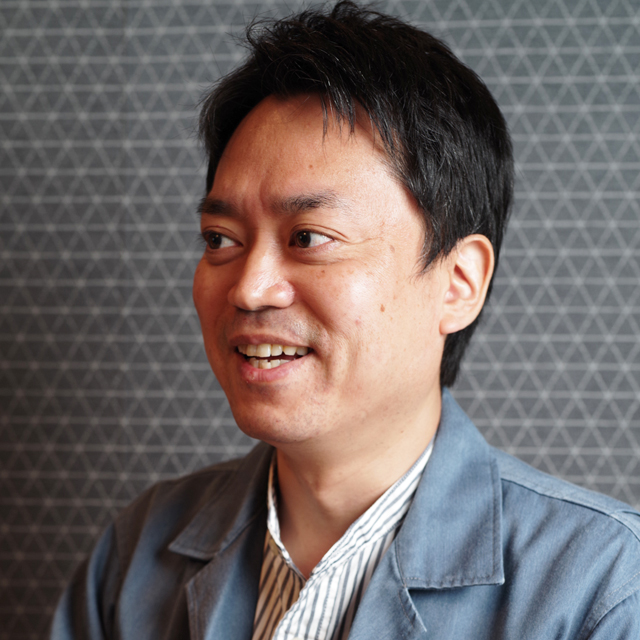
Shinichiro Sanada
Mechanical Designer
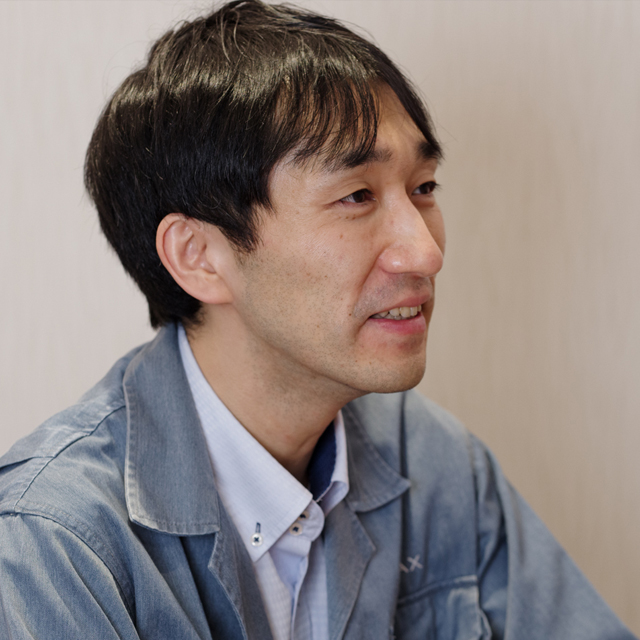
Hiroyuki Sekine
AF System Designer
“We achieved the fastest image tracking speed in PENTAX K-series history!
I’m confident that PENTAX fans will feel a real difference.”
Ando: One of the essential features of a flagship APS-C-format model is its image tracking performance. While we were trying to improve the camera’s autofocus performance to ensure high-precision focusing on the subject and accurate subject tracking, as well as its continuous shooting performance to capture once-in-a-lifetime moments, we also aimed at developing a camera that would deliver pleasurable photographic experiences that can’t be explained simply by numerical values.
Sekine: First, the camera’s autofocusing actions in the Image Tracking mode can be divided into two types: depth-oriented action along the Z axis, and horizontal-movement action along the X and Y axes. The tracking action along the Z axis means that the camera must shift the focus lens in advance by predicting the next position of the subject. In the PENTAX K-3 Mark III, we programmed the camera to retain more of the focus measurement log, which would serve as the database for focus prediction. We also revised the algorithm for the approximate calculation, to further improve the accuracy of focus predictions.
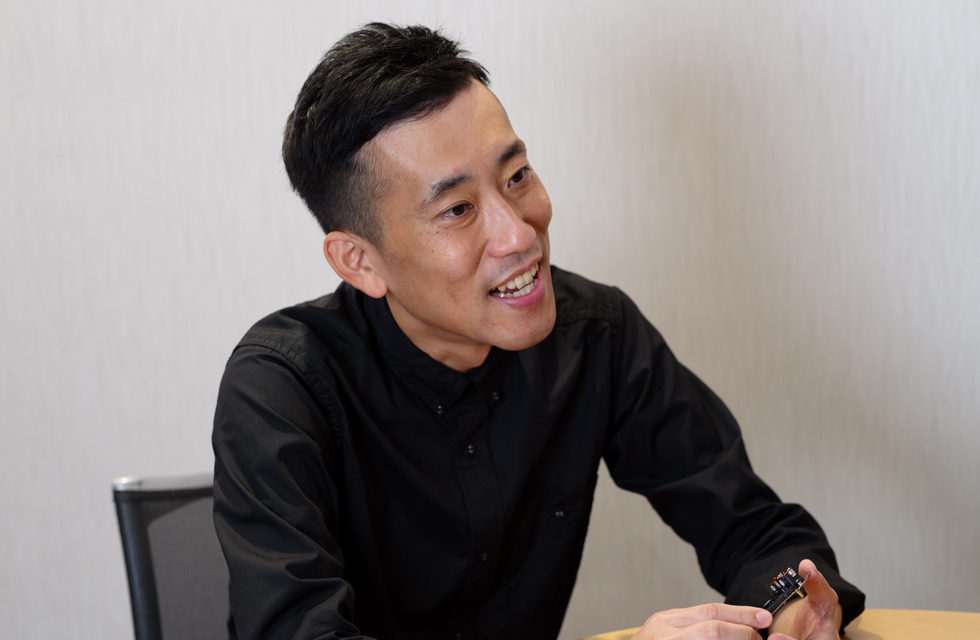
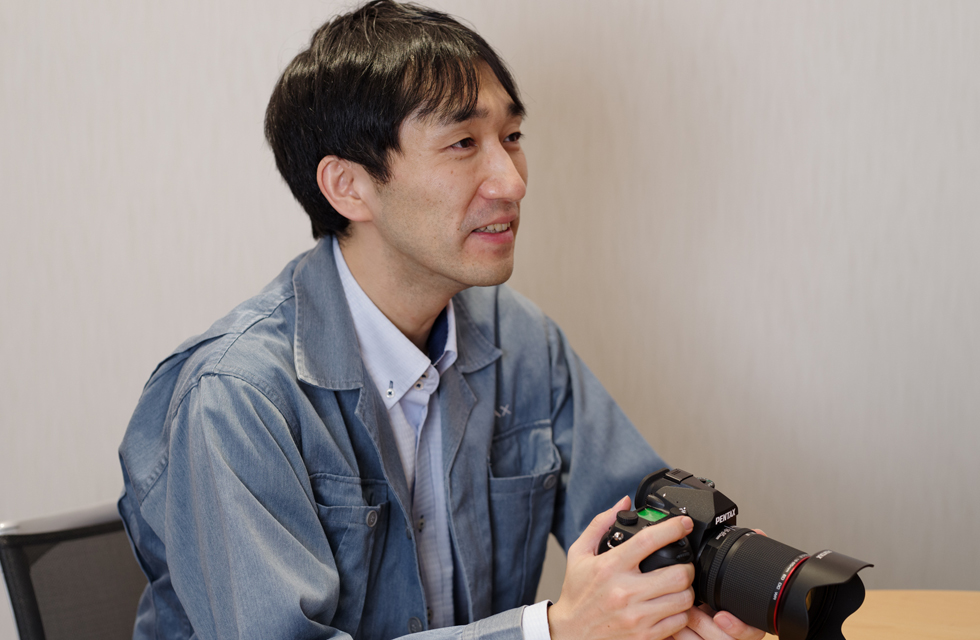
Sanada: The PENTAX K-3 Mark III boasts the fastest continuous-shooting speed of all PENTAX K-series models, capturing around 12 shots per second. To assure such high-speed shooting, it was necessary to drive the mirror mechanism faster, and regulate its actions more quickly. Because of the camera’s single-lens-reflect configuration, focus measurement must be made very quickly while the mirror remains at its swing-down position. It was the mechanical designer’s task to lengthen this moment, even by a little, to further improve image tracking performance during continuous shooting.
Ando: When you look at the camera’s mount section, the first thing you notice is the semitransparent main mirror. Positioned behind it is the sub-mirror, which leads the light to the camera’s AF module. We newly incorporated a unique sloping structure to effectively reduce the sub-mirror’s bounce. Coupled with a considerable reduction in the main mirror’s weight, we were able to reduce the overall bounce of the entire mirror mechanism. Reduced mirror bounce contributed greatly to the reduction of waiting time prior to the start of the autofocus action, so focus measurement can begin as soon as the mirrors reach their swing-down position.
Sanada: Some users expressed some dissatisfaction with the past K-series cameras because their top continuous-shooting speed was slower in the AF.C mode than in the AF.S mode.
The PENTAX K-3 Mark III is, however, designed to provide almost identical top continuous-shooting speed in both modes, with around12 shots per second in the AF.S mode, and around 11 shots per second in the AF.C mode.
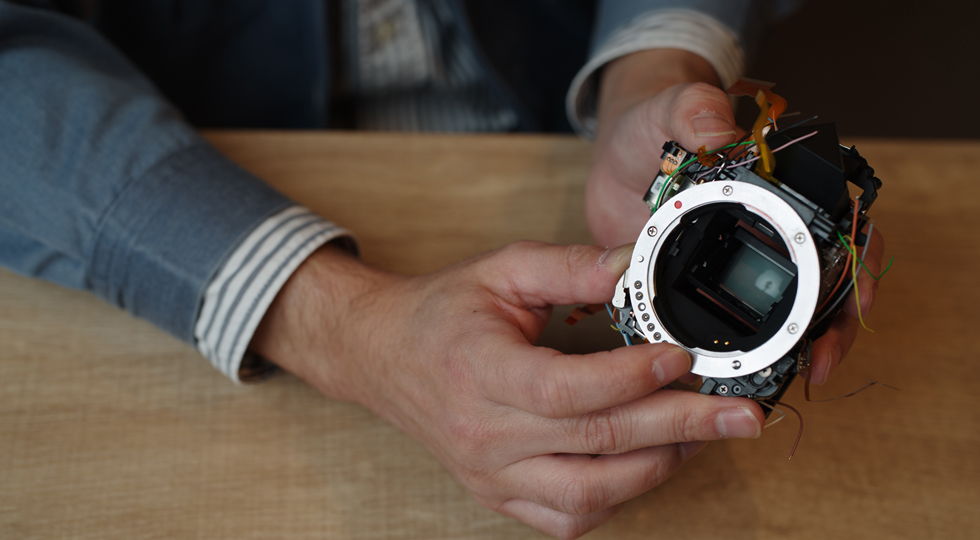
Sekine: tracking performance during autofocus shooting. People often presume that a slower continuous-shooting speed extends the time needed for the focus measurement for each image. However, as the continuous-shooting speed becomes slower, the amount of subject motion between images increases, resulting in a decline in focus prediction accuracy. The truth is, a faster continuous-shooting speed can improve focus prediction accuracy by monitoring the subject’s movement more closely. Even when using a lens previously believed not to be suitable for image-tracking photography, the PENTAX K-3 Mark III can greatly improve focusing accuracy, thanks to the thorough rework of the autofocus algorithm.
Sekine: The PENTAX K-3 Mark III features SAFOX 13 for its AF module. This increases the number of focus points to 101, while expanding the focus coverage area on the viewfinder’s image field. When photographing a subject moving along the X and Y axes, this AF module lets the camera capture the subject in focus, and without never losing it. The increased number of focus points often affects the camera’s arithmetic performance. Thanks to the outstanding processing speed of the PRIME V imaging engine, however, the PENTAX K-3 Mark III assures faster operation speed for each focus point.
The camera also features a new RGB-Ir AE sensor with around 307,000 pixels, in comparison to the RGB sensor with around 86,000 pixels installed on previous models. Thanks to the sensor’s improved resolving power, the camera automatically selects the optimum focus point, after the AE sensor detects the subject’s face and pupils.
Since the camera also expands the range of scenes detectable by Deep Learning, it can now detect the subject’s shape as well as its colors. It can even coordinate several focus points to further improve image tracking accuracy.
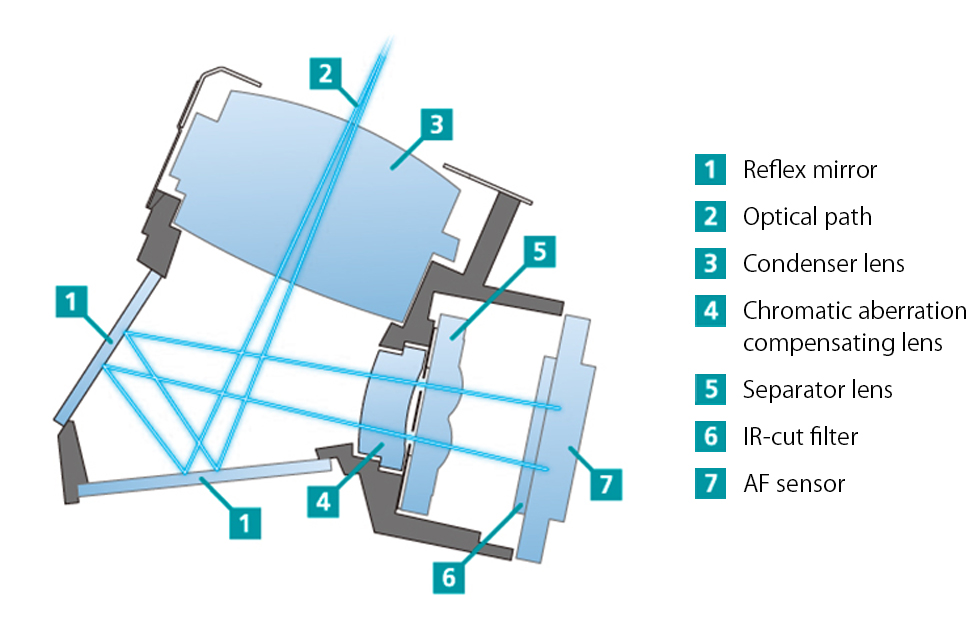
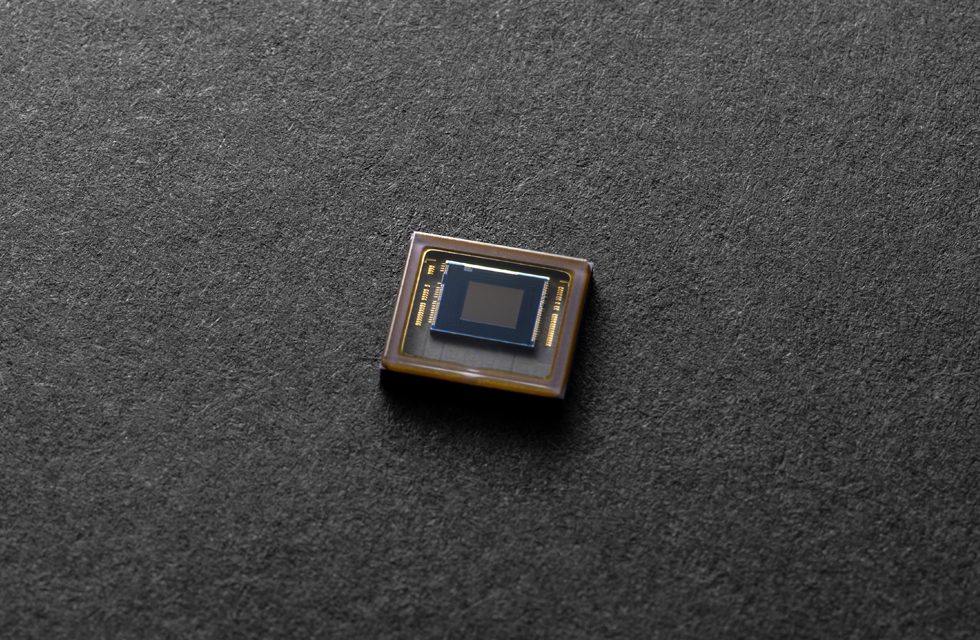
Ando: The camera features a large AF module, which extends the measurement area. To obtain the light flux covering this extended measurement area, we had to design a larger sub-mirror. As the result, it forced us to reposition the main mirror and the focusing screen. In short, we had to rebuild the entire optics in the mirror box, because it was the core of the single-lens-reflex design. The new optics made it possible for us to package a number of advanced shooting features in the compact camera body. When simulating the light path within the mirror box, we received a good deal of assistance from our interchangeable lens design team to solve some difficult assignments.
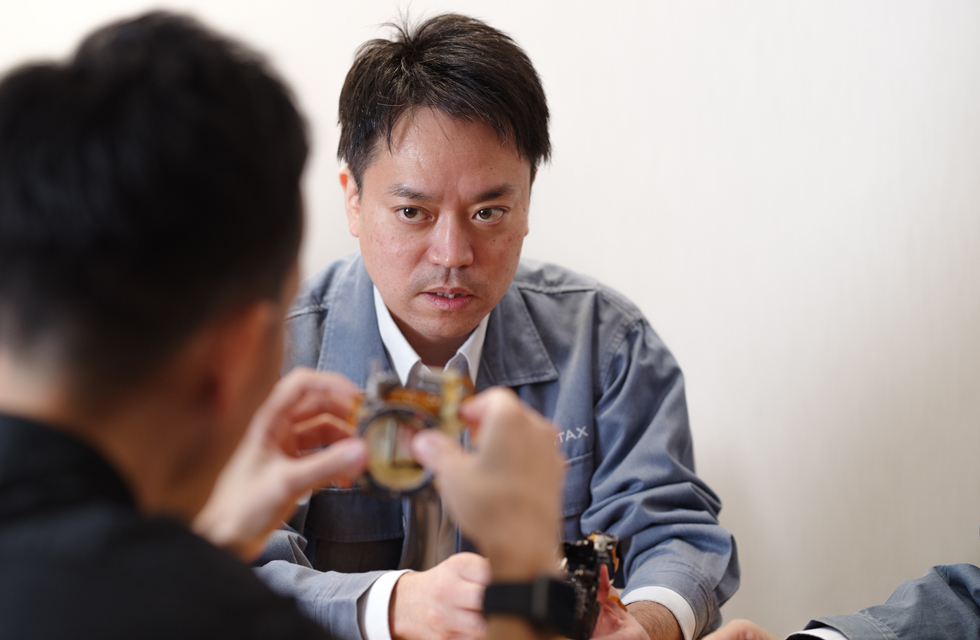
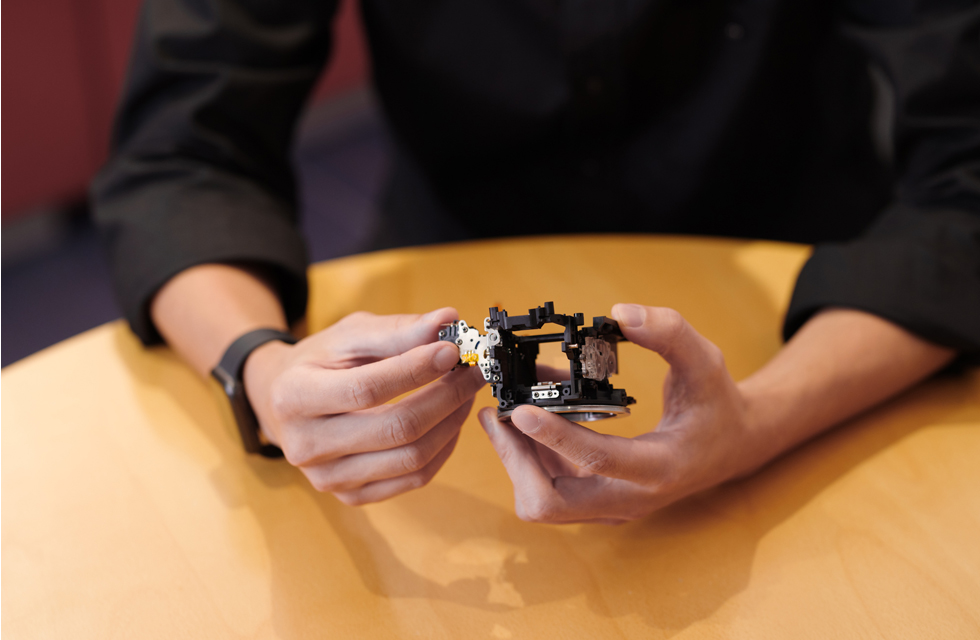
Ando: We worked very hard not only to design this camera, but also to fine-tune it and evaluate the performance. We believe that we have successfully developed a new flagship APS-C-format camera, which assures the best operational response in the history of the PENTAX K series. The PENTAX K-3 Mark III is a camera which every user will love to bring to every shooting location. I’m confident that PENTAX fans will feel a real difference!
